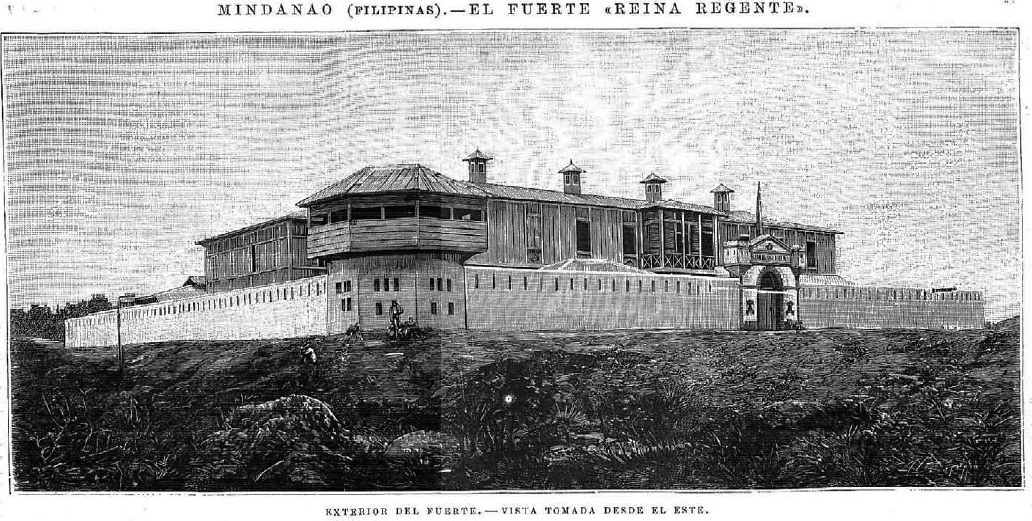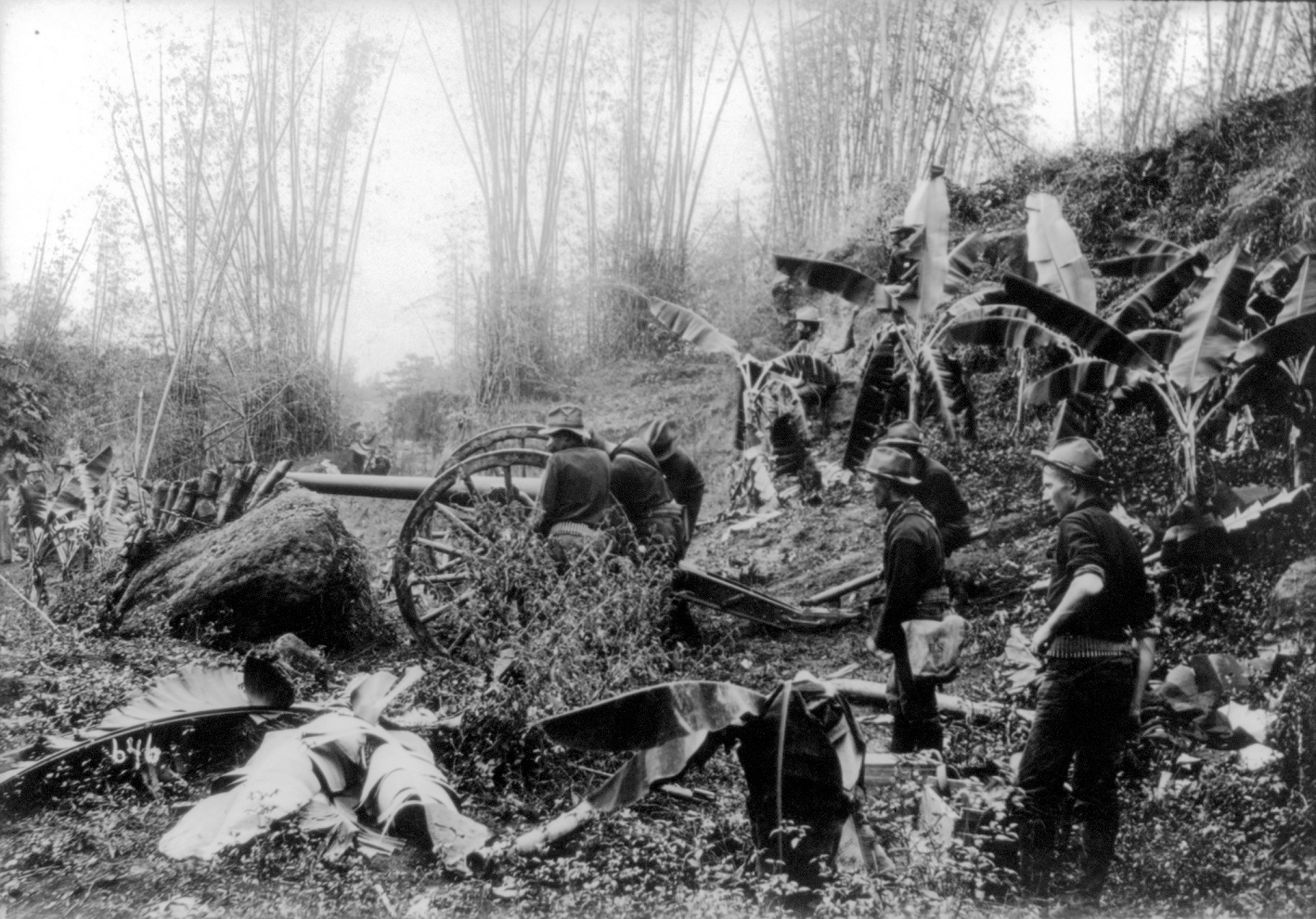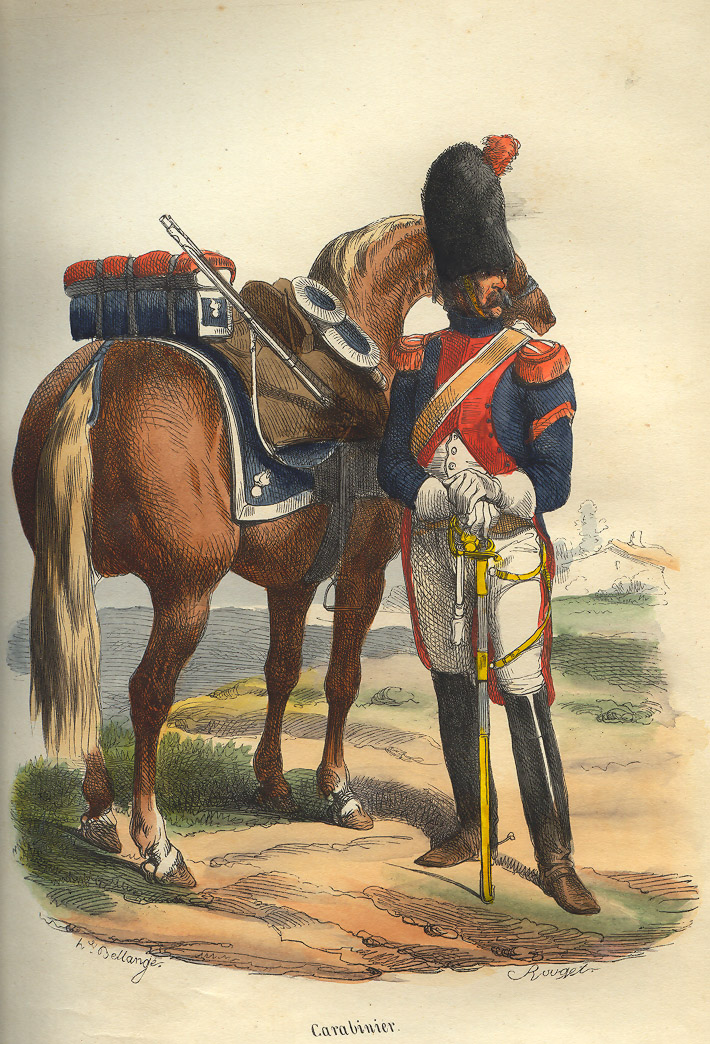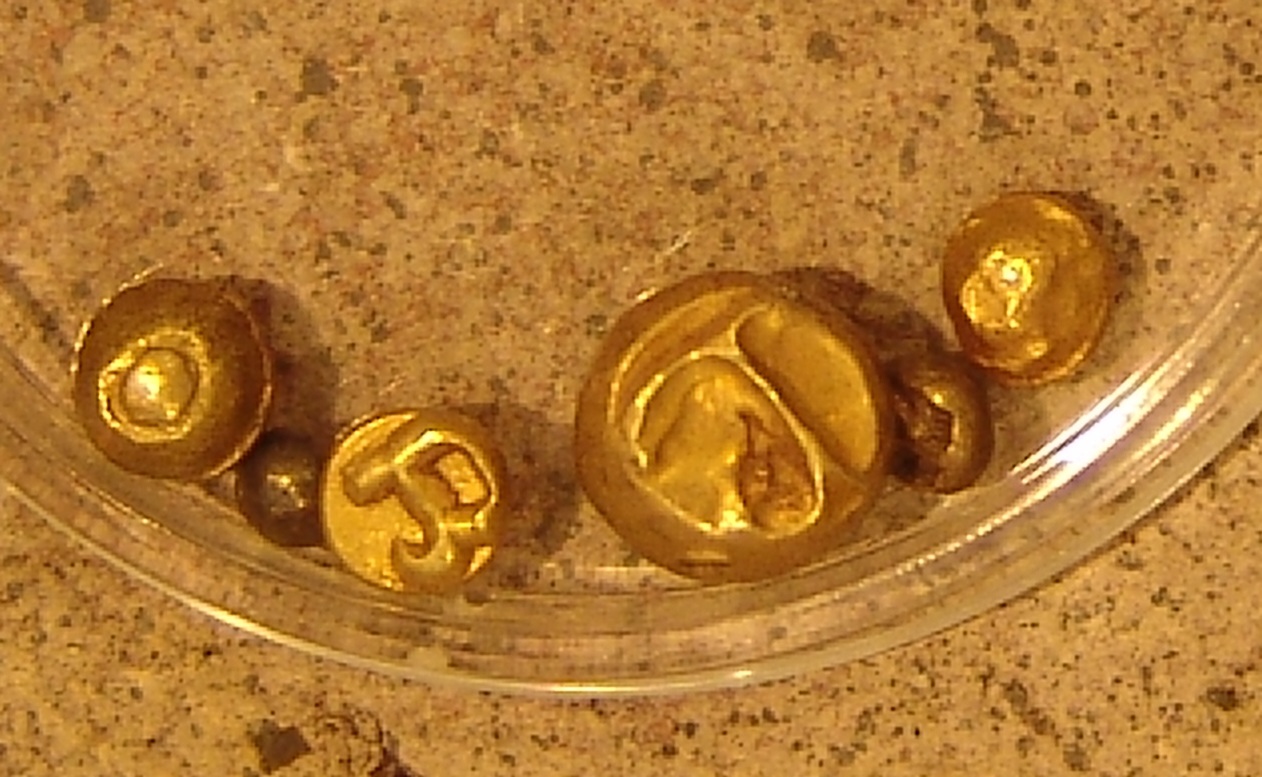|
Francisco Carreón
Francisco Carreón y Marcos (October 5, 1868 – 1939/41) was a Filipino general in the Philippine Revolution against Spain and in the Philippine–American War. As the vice president of Macario Sakay's Tagalog Republic ''( Tagalog: Republika ng Katagalugan)'', he continued resistance against the United States up until the dissolution of the republic in 1906. He was captured on July 14, 1906 and was imprisoned in the old Bilibid Prison; he was later released in 1930 through a pardon. Biography Carreón was born on October 5, 1868 to Espiridion Carreón and Jacinta Marcos in the southern town of Cotabato on the island of Mindanao.The cry of Balintawak: a contrived controversy : a textual analysis with appended ... [...More Info...] [...Related Items...] OR: [Wikipedia] [Google] [Baidu] |
Cotabato City
Cotabato City, officially the City of Cotabato (Maguindanaon: ''Kuta nu Kutawatu'', Jawi: كوتا نو كوتاواتو; Iranun: ''Bandar a Kotawato'', بندر ا كوتاواتو; fil, Lungsod ng Cotabato), is a third class independent component city in the Bangsamoro Autonomous Region in Muslim Mindanao, Philippines. According to the 2020 census, it has a population of 325,079 people, making it as the most populated city under the independent component city status. Cotabato City was formerly a part and the regional center of Region XII, but due to the ratification of the Bangsamoro Organic Law, it is now part of Bangsamoro and serves as the regional center. Being an independent component city, it is not a subject to regulation from the Provincial Government of Maguindanao del Norte where it is geographically located. The Philippine Statistics Authority also lists Cotabato City as statistically independent. It was the capital of Sultanate of Maguindanao which fought a ... [...More Info...] [...Related Items...] OR: [Wikipedia] [Google] [Baidu] |
Philippine–American War
The Philippine–American War or Filipino–American War ( es, Guerra filipina-estadounidense, tl, Digmaang Pilipino–Amerikano), previously referred to as the Philippine Insurrection or the Tagalog Insurgency by the United States, was an armed conflict between the First Philippine Republic and the United States that started on February 4, 1899, and ended on July 2, 1902. The conflict arose in 1898 when the United States, rather than acknowledging the Philippines' declaration of independence, annexed the Philippines under the Treaty of Paris at the conclusion of the Spanish–American War. The war can be seen as a continuation of the Philippine struggle for independence that began in 1896 with the Philippine Revolution against Spanish rule. Fighting erupted between forces of the United States and those of the Philippine Republic on February 4, 1899, in what became known as the 1899 Battle of Manila. On June 2, 1899, the First Philippine Republic officially declared war ag ... [...More Info...] [...Related Items...] OR: [Wikipedia] [Google] [Baidu] |
Andrés Bonifacio
Andrés Bonifacio y de Castro (, ; November 30, 1863May 10, 1897) was a Filipino Freemason and revolutionary leader. He is often called "The Father of the Philippine Revolution", and considered one of the national heroes of the Philippines.. He was one of the founders and later the ''Kataastaasang Pangulo'' (Supreme President, ''Presidente Supremo'' in Spanish, often shortened by contemporaries and historians to just ''Supremo'') of the '' Kataastaasan, Kagalanggalangang Katipunan ng mga Anak ng Bayan'' or more commonly known as the "Katipunan", a movement which sought the independence of the Philippines from Spanish colonial rule and started the Tagalog Revolution. With the onset of the Revolution, Bonifacio reorganized the ''Katipunan'' into a revolutionary government, with himself as President (''Pangulo'') of a nation-state called "Haring Bayang Katagalugan" ("Sovereign Nation of the Tagalog People" or "Sovereign Tagalog Nation"), also "Republika ng Katagaluguan" (" T ... [...More Info...] [...Related Items...] OR: [Wikipedia] [Google] [Baidu] |
Emilio Jacinto
Emilio Jacinto y Dizon (; December 15, 1875 – April 16, 1899) was a Filipino general during the Philippine Revolution. He was one of the highest-ranking officers in the Philippine Revolution and was one of the highest-ranking officers of the revolutionary society ''Kataas-taasan, Kagalang-galang na Katipunan ng mga Anak ng Bayan'', or simply and more popularly called ''Katipunan'', being a member of its Supreme Council. He was elected Secretary of State for the Haring Bayang Katagalugan, a revolutionary government established during the outbreak of hostilities. He is popularly known in Philippine history textbooks as the ''Brains of the Katipunan'' while some contend he should be rightfully recognized as the "Brains of the Revolution" (Filipino: ''Utak ng Himagsikan,'' a title that is usually given to Apolinario Mabini). Jacinto was present in the so-called Cry of Pugad Lawin (or Cry of Balintawak) with Andrés Bonifacio, the ''Supremo'' (Supreme President) of the Katipunan, ... [...More Info...] [...Related Items...] OR: [Wikipedia] [Google] [Baidu] |
Philippines
The Philippines (; fil, Pilipinas, links=no), officially the Republic of the Philippines ( fil, Republika ng Pilipinas, links=no), * bik, Republika kan Filipinas * ceb, Republika sa Pilipinas * cbk, República de Filipinas * hil, Republika sang Filipinas * ibg, Republika nat Filipinas * ilo, Republika ti Filipinas * ivv, Republika nu Filipinas * pam, Republika ning Filipinas * krj, Republika kang Pilipinas * mdh, Republika nu Pilipinas * mrw, Republika a Pilipinas * pag, Republika na Filipinas * xsb, Republika nin Pilipinas * sgd, Republika nan Pilipinas * tgl, Republika ng Pilipinas * tsg, Republika sin Pilipinas * war, Republika han Pilipinas * yka, Republika si Pilipinas In the recognized optional languages of the Philippines: * es, República de las Filipinas * ar, جمهورية الفلبين, Jumhūriyyat al-Filibbīn is an archipelagic state, archipelagic country in Southeast Asia. It is situated in the western Pacific Ocean and consists of aro ... [...More Info...] [...Related Items...] OR: [Wikipedia] [Google] [Baidu] |
Carabinier
A carabinier (also sometimes spelled carabineer or carbineer) is in principle a soldier armed with a carbine. A carbiniere is a carabiniere musket or rifle and were commonplace by the beginning of the Napoleonic Wars in Europe. The word is derived from the identical French word '' carabinier''. Historically, carabiniers were generally (but not always) horse soldiers. The carbine was considered a more appropriate firearm for a horseman than a full-length musket, since it was lighter and easier to handle while on horseback. Light infantry sometimes carried carbines because they are less encumbering when moving rapidly, especially through vegetation, but in most armies the tendency was to equip light infantry with longer-range weapons such as rifles rather than shorter-range weapons such as carbines. In Italy and Spain, carbines were considered suitable equipment for soldiers with policing roles, so the term ''carabinier'' evolved to sometimes denote gendarmes and border guards. ... [...More Info...] [...Related Items...] OR: [Wikipedia] [Google] [Baidu] |
Intramuros
Intramuros (Latin for "inside the walls") is the historic walled area within the city of Manila, the capital of the Philippines. It is administered by the Intramuros Administration with the help of the city government of Manila. Present-day Intramuros comprises a centuries-old historic district, entirely surrounded by fortifications, that was considered at the time of the Spanish Empire to be the entire City of Manila. Other towns and ''arrabales'' (suburbs) located beyond the walls that are now districts of Manila were referred to as ''extramuros'', Latin for "outside the walls", and were independent towns that were only incorporated into the city of Manila during the early 20th century. Intramuros served as the seat of government of the Captaincy General of the Philippines, a component realm of the Spanish Empire, housing the colony's governor-general from its founding in 1571 until 1865, and the Real Audiencia of Manila until the end of Spanish rule during the Philippine Re ... [...More Info...] [...Related Items...] OR: [Wikipedia] [Google] [Baidu] |
Philippine Peso
The Philippine peso, also referred to by its Tagalog name ''piso'' (Philippine English: , , plural pesos; tl, piso ; sign: ₱; code: PHP), is the official currency of the Philippines. It is subdivided into 100 ''sentimo'', also called centavos. The Philippine peso sign is denoted by the symbol "₱", introduced under American rule in place of the original peso sign "$" used throughout Spanish America. Alternative symbols used are "PHP", "PhP", "Php", or just "P". The monetary policy of the Philippines is conducted by the Bangko Sentral ng Pilipinas (BSP), established on July 3, 1993, as its central bank. It produces the country's banknotes and coins at its Security Plant Complex, which is set to move to New Clark City in Capas, Tarlac."Overview of the BSP" Bangko Sentral ng Pilipinas (BSP) Official Website. Retrieved on Oc ... [...More Info...] [...Related Items...] OR: [Wikipedia] [Google] [Baidu] |
Tondo, Manila
Tondo is a district located in Manila, Philippines. It is the largest in terms of area and population of Manila's sixteen districts, with a Census-estimated 631,313 people in 2015 and consists of two congressional districts. It is also the second most densely populated district in the city. Etymology The name Tondo can be derived from its Old Tagalog name, Tundun as inscribed in the Laguna Copperplate Inscription of 900 AD, the earliest native document found within the Philippines. Dutch anthropologist Antoon Postma, the first to translate the copperplate, believes the term ''tundun'' originated from the old Indian language Sanskrit, which was used alongside Old Malay as a language of politics and religion in the area at the time. Before this landmark discovery, several theories (however incorrect now) existed. Philippine National Artist Nick Joaquin once suggested that it might be a reference to a high ground ("tundok"). On the other hand, French linguist Jean-Paul Pote ... [...More Info...] [...Related Items...] OR: [Wikipedia] [Google] [Baidu] |
Manila
Manila ( , ; fil, Maynila, ), officially the City of Manila ( fil, Lungsod ng Maynila, ), is the capital city, capital of the Philippines, and its second-most populous city. It is Cities of the Philippines#Independent cities, highly urbanized and, as of 2019, was the world's List of cities proper by population density, most densely populated city proper. Manila is considered to be a global city and rated as an Alpha – City by Globalization and World Cities Research Network (GaWC). It was the first chartered city in the country, designated as such by the Philippine Commission Act 183 of July 31, 1901. It became autonomous with the passage of Republic Act No. 409, "The Revised Charter of the City of Manila", on June 18, 1949. Manila is considered to be part of the world's original set of global cities because its commercial networks were the first to extend across the Pacific Ocean and connect Asia with the Hispanic America, Spanish Americas through the Manila galleon, galleon ... [...More Info...] [...Related Items...] OR: [Wikipedia] [Google] [Baidu] |
Ateneo De Manila University
, mottoeng = Light in the Lord , type = Private, research, non-profit, coeducational basic and higher education institution , established = December 10, 1859 , religious_affiliation = Roman Catholic (Jesuits) , academic_affiliations = ACUCA AJCU-AP AUN PAASCU IAJU , endowment = , chairman = Bernadine T. Siy , head_label = President , head = Fr. Roberto C. Yap, SJ , faculty = approx. 2,470 , administrative_staff = 3,015 , students = 15,269 (university level) , undergrad = 8,614 , postgrad = 6,655 , doctoral = , other = approx. 6,500 (grade school and high school) , city = , location = Loyola Heights, Quezon City, Metro Manila, Philippines * Grade School * Junior High School * Senior High School * Loyola Schools * School of Government Salcedo Village, Makati, Metro Manila, Philippines Rockwell Center, Makati, Metro Manila, Philippines * School of Law * Graduate School of Busi ... [...More Info...] [...Related Items...] OR: [Wikipedia] [Google] [Baidu] |
Mindanao
Mindanao ( ) ( Jawi: مينداناو) is the second-largest island in the Philippines, after Luzon, and seventh-most populous island in the world. Located in the southern region of the archipelago, the island is part of an island group of the same name that also includes its adjacent islands, notably the Sulu Archipelago. According to the 2020 census, Mindanao has a population of 26,252,442 people, while the entire island group has an estimated population of 27,021,036 according to the 2021 census. Mindanao is divided into six administrative regions: the Zamboanga Peninsula, Northern Mindanao, the Caraga region, the Davao region, Soccsksargen, and the autonomous region of Bangsamoro. According to the 2020 census, Davao City is the most populous city on the island, with 1,776,949 people, followed by Zamboanga City (pop. 977,234), Cagayan de Oro (pop. 728,402), General Santos (pop. 697,315), Butuan (pop. 372,910), Iligan (pop. 363,115) and Cotabato City (pop. 325, ... [...More Info...] [...Related Items...] OR: [Wikipedia] [Google] [Baidu] |



_by_Brambila.jpg)



.png)
